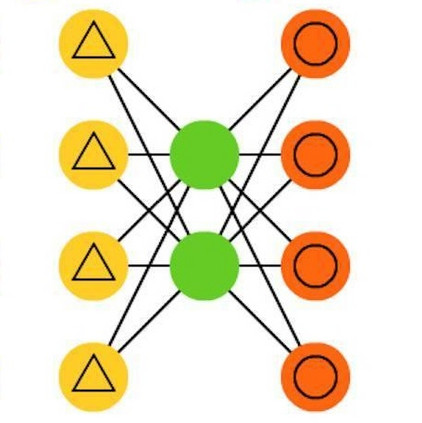Arbitrary-oriented object detection (AOOD) plays a significant role for image understanding in remote sensing scenarios. The existing AOOD methods face the challenges of ambiguity and high costs in angle representation. To this end, a multi-grained angle representation (MGAR) method, consisting of coarse-grained angle classification (CAC) and fine-grained angle regression (FAR), is proposed. Specifically, the designed CAC avoids the ambiguity of angle prediction by discrete angular encoding (DAE) and reduces complexity by coarsening the granularity of DAE. Based on CAC, FAR is developed to refine the angle prediction with much lower costs than narrowing the granularity of DAE. Furthermore, an Intersection over Union (IoU) aware FAR-Loss (IFL) is designed to improve accuracy of angle prediction using an adaptive re-weighting mechanism guided by IoU. Extensive experiments are performed on several public remote sensing datasets, which demonstrate the effectiveness of the proposed MGAR. Moreover, experiments on embedded devices demonstrate that the proposed MGAR is also friendly for lightweight deployments.
翻译:现有AOOD方法在角度代表方面面临着模糊性和高成本的挑战。为此,提议采用多角度代表法(MGAR),包括粗微角分级法(CAC)和细微角回归法(FAR),具体地说,设计的CAC避免了通过离散角编码(DAE)进行角预测的模糊性,并通过粗化DAE的颗粒性来降低复杂性。在CAC的基础上,FAR是为了改进角度预测而开发的,其成本要大大低于缩小DAE的颗粒度。此外,还设计了一个跨面代表法(IoU),利用IoU指导下的适应性再加权机制来提高角度预测的准确性。 对几个公共遥感数据集进行了广泛的实验,这显示了拟议的MGAR的有效性。此外,对嵌入装置的实验表明,拟议的MGAR对轻度部署也很友好。




